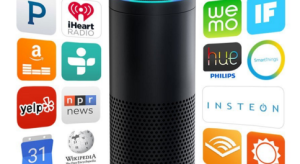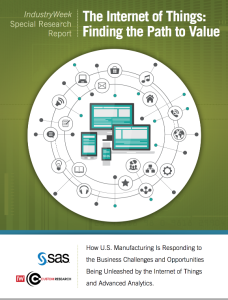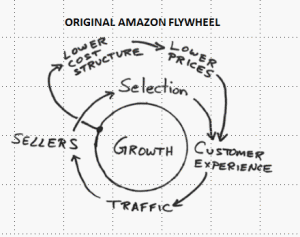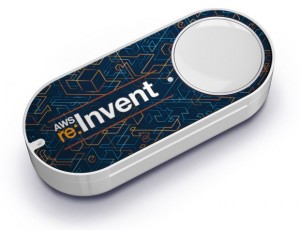1st up is Jim Heppelmann, PTC CEO and co-author w/ Michael Porter of the great 2-part HBR series on IoT strategy & tactics.
But 1st, few words from David Pogue, the great consumer tech writer: imagine his surprise when he sees his kids at home in CT have cranked the Nest 2 66 degrees. So he turns it up, LOL.
Heppelmann:
- part of a fundamental transformation
- one of biggest game-changing technologies of our time
- things evolving from being simple physical products to complex systems, systems of systems
- “single new reality that’s physical and digital at the same time”
- example of rapid change: Augmented Reality & Virtuality combined with IoT: Terri Lewis, director of solutions & tech at Caterpiller — XQ Gen Set — rental power for job sites & sport events — “asset utilization” big deal for rentals & for the customers — can operate from a remote device (iPad in this case). PTC’s new product is Vuforia Studio Enterprise — “democratizing AR.” When used as a sales tool, lets customer look inside the product, vs. a static brochure.
- humans prefer to use sight and sound simultaneously: he & Porter are working on another article on adding AR to business setting.
- analytics: analytics is the new refinery for data, which is the new oil. Announcing Thingworx Analytics. Example: Flowserve, an industrial products company.World’s largest flow control company. Helps to do real-time management of the device. It now takes only 1 repair trip to fix assembly rather than 3 before, because they know the actual problem at beginning. Do real-time simulations to see if it was solved. Augmented Reality allows the person right at the pump, to see what is actually happening — that wasn’t possible before. Radically reduces time & money necessary to get it back online — reducing what was a $2 billion loss in 2015 alone.
- New announcement: HPE industrial, hardened server to run such a system.
- Engineering products: working with a group of local STEM kids in a robotics competition, FIRST Robotics. Use AR as part of the design review process, using Google Cardboard & Agile Engineering process. Team demo’s it.
- He thinks they are THE company for digital/physical convergence.
Michael Campbell, Vuforia Studio AR:
- augmented reality without writing code
- reduces the CAD data set by 150x to optimize it, but protects all the visual richness
- use in design review
- can create compelling AR in a few minutes! Woo!
- can actually put the digital info on the physical product itself. Creo Illustrate for tech illustrators: step-by-step illustrations (wow, would that be great for product assembly and repair uses!). Intuitive interface, drag-n-drop.

 The survey, “The Internet of Things: Finding the Path to Value,” (underwritten by SAS) was conducted late last year. 478 companies completed it. The survey’s major finding was that:
The survey, “The Internet of Things: Finding the Path to Value,” (underwritten by SAS) was conducted late last year. 478 companies completed it. The survey’s major finding was that:


